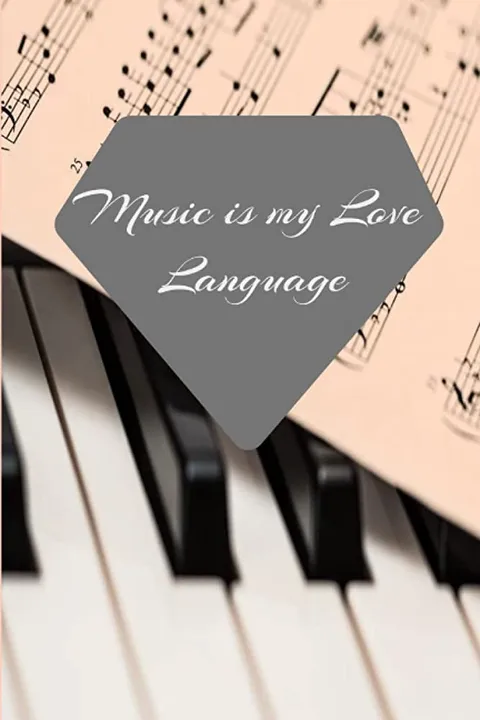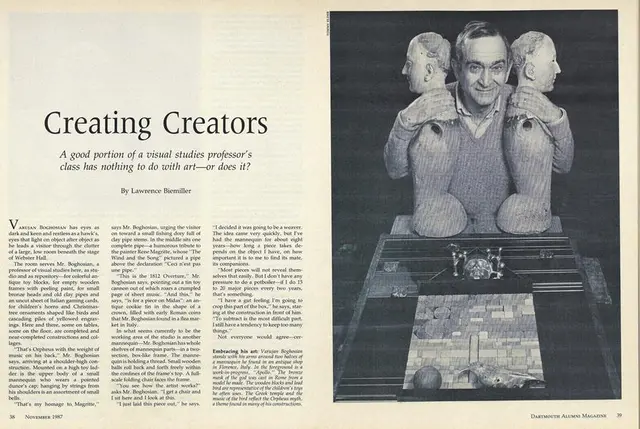Music notes that sound good together often have a mathematical connection. These musical relationships are based on ratios and intervals, which are the numerical relationships between notes. For example, a perfect fifth is derived from a 3:2 ratio between two notes. When two notes have an exact ratio like this, they tend to sound good together. However, some notes don't have an exact ratio with each other, and this is why they don't sound good together. Additionally, some notes are harmonically dissonant, meaning they don't naturally fit together in a chord. Although these notes may not sound good together, they can still be used in interesting ways to create tension, drama, and emotion in a musical composition.
Sheet music is a universal language, but is it the same in all languages? The answer may surprise you! Although musical notation is a universal language in which all musicians can communicate their ideas, the actual interpretation of the music varies from culture to culture. Every language has its own unique musical style, which is reflected in the sheet music. For example, a piece of music written in Japanese may sound different compared to the same piece of music written in Spanish. Therefore, sheet music is not the same in all languages, despite its universal nature. With its unique cultural nuances, sheet music can transport us to different places and cultures, providing us with a richer musical experience.






